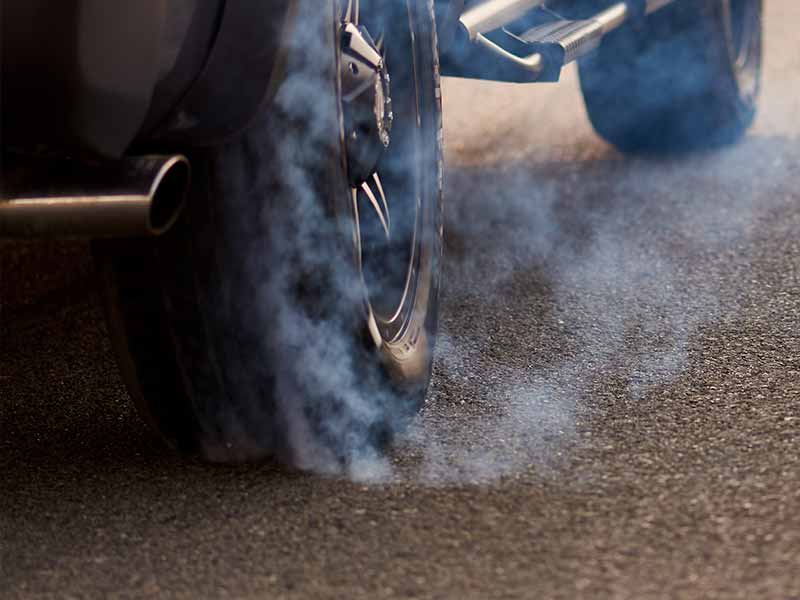You know that traction control helps prevent your tires from spinning out of control, but have you ever wondered about the intricate mechanics behind this life-saving feature? What exactly happens under the hood to keep you stable on slippery roads or during rapid acceleration? Let’s unravel the science and technology that make traction control a cornerstone of modern automotive safety.
What Does Traction Control Do?
Traction control is a safety feature in modern vehicles that helps prevent wheel spin and maintain grip on the road, especially during acceleration or on slippery surfaces.
It uses sensors to monitor wheel speed and takes corrective actions like applying brakes or reducing engine power to ensure stability.
In this article, we’ll dive deep into the world of traction control, exploring how it works, the crucial role tires play, and how to know if it’s active. We’ll also discuss the function of the traction control button, the synergy with Electronic Stability Control, and essential safety tips for effective use.
Let’s take a closer look.
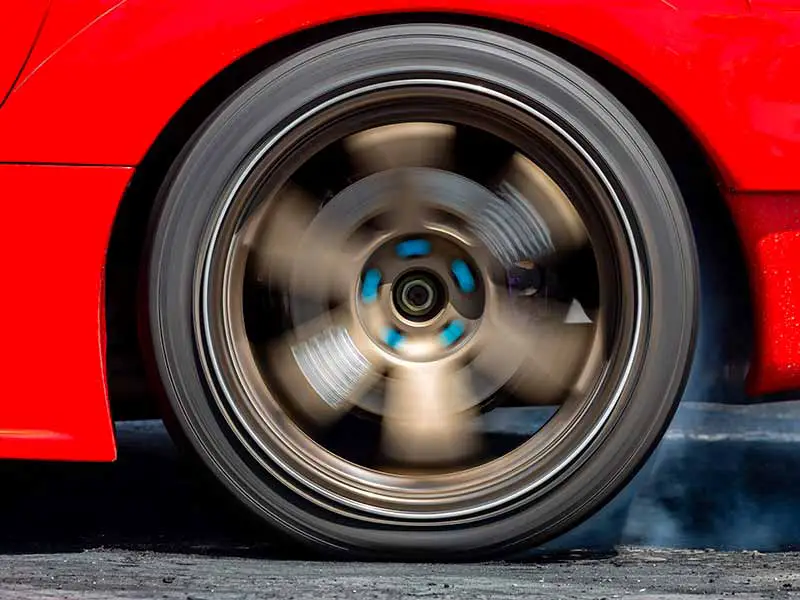
What is Traction Control?
Traction control is a built-in safety feature in most modern cars and trucks. It helps your vehicle maintain grip on the road, especially when you’re accelerating or driving on slippery surfaces like wet or icy roads. In simple terms, it stops your wheels from spinning out of control, making sure you stay on course.
How It Relates to Tires
As a tire expert, I can tell you that the effectiveness of a traction control system (TCS) is closely tied to the quality and condition of your tires. Tires with good tread patterns and proper inflation levels work hand-in-hand with the TCS to give you the best possible grip on the road. On the flip side, worn-out or underinflated tires can limit the effectiveness of your vehicle’s traction control system.
The Core Components
Traction control systems are made up of several key components:
- Wheel Speed Sensors: These sensors monitor how fast each wheel is spinning.
- Control Module: This is the “brain” of the system. It takes data from the wheel speed sensors and decides what action to take.
- Brake Actuator: This component applies the brakes to individual wheels when needed.
- Engine Control Unit (ECU): This adjusts the engine power to help maintain control.
How Traction Control Kicks In
When you’re driving, the wheel speed sensors are constantly sending data to the control module. If the system detects that one or more wheels are spinning faster than they should—indicating a loss of traction—it takes immediate action. Here’s what happens:
- Brake Application: The brake actuator applies the brakes to the spinning wheel or wheels.
- Engine Power Reduction: The ECU may reduce the engine power to prevent further wheel spin.
- Restoring Traction: These actions help the slipping wheel regain its grip on the road, allowing you to maintain control of the vehicle.
Types of Traction Control Systems
There are different types of traction control systems, but they all aim to achieve the same goal: keeping your vehicle stable and your tires gripping the road properly. Some of the common types include:
- Basic Traction Control: This is the simplest form and is commonly found in older vehicles. It primarily uses the braking system to control wheel spin.
- Traction Control with ABS (Anti-lock Braking System): This is a more advanced system that works in conjunction with ABS to prevent wheel lockup during braking, as well as wheel spin during acceleration.
- Electronic Stability Control (ESC): This is the most advanced form of traction control, which not only controls wheel spin but also helps in stabilizing the vehicle during cornering.
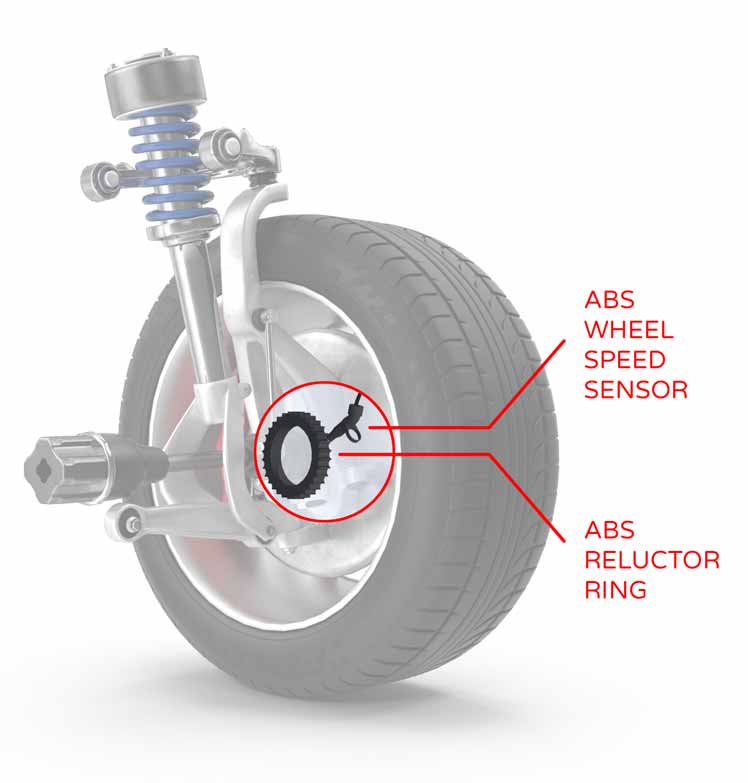
How Does Traction Control Work?
Traction control is not just a fancy feature; it’s a well-thought-out system that uses science and technology to keep you safe on the road. It constantly monitors the speed of your wheels and makes quick decisions to prevent them from spinning uncontrollably. Let’s break down how it works step-by-step.
Monitoring Wheel Speed
The first thing the traction control system does is keep an eye on the speed of each wheel. It uses something called “wheel speed sensors” to do this. These sensors are like watchdogs; they’re always on the lookout for wheels that are spinning too fast.
Detecting a Loss of Traction
When you’re driving on a slippery road or accelerating too quickly, your wheels might start to spin faster than they should. This is called a “loss of traction,” and it’s a sign that your vehicle is not gripping the road well. The wheel speed sensors are quick to notice this and send a signal to the control module, the system’s brain.
Taking Corrective Action
Once the control module gets the signal that a wheel is spinning too fast, it jumps into action. Here’s what it does:
- Applying the Brakes: The brake actuator applies the brakes to the wheel or wheels that are spinning too fast. This helps to slow them down.
- Reducing Engine Power: Sometimes, slowing down the wheel isn’t enough. The system may also reduce the engine power by communicating with the Engine Control Unit (ECU). This helps to further prevent wheel spin.
- Working with ABS and ESC: In more advanced systems, the traction control works alongside the Anti-lock Braking System (ABS) and Electronic Stability Control (ESC) to give you even better control over your vehicle.
Real-World Scenarios
- Wet Roads: If you’re driving on a rainy day, the system will help prevent your wheels from hydroplaning.
- Snowy or Icy Conditions: In winter, traction control can be a lifesaver by helping your vehicle grip the icy road.
- Quick Acceleration: If you accelerate too quickly, the system will ensure that your wheels don’t spin out of control, helping you maintain a straight path.

The Role of Tires in Traction Control
When it comes to traction control, tires are not just the rubber that meets the road; they’re the foundation of the entire system. Without good tires, even the most advanced traction control system can’t do its job effectively. Let’s delve into why tires are so crucial in this context.
The Anatomy of a Tire
Before we talk about their role in traction control, it’s essential to understand the basic parts of a tire:
- Tread: This is the patterned outer surface of the tire that comes into direct contact with the road.
- Sidewall: This is the side of the tire that supports the tread and gives the tire its shape.
- Bead: This is the inner edge of the tire that sits on the wheel rim.
Tread Patterns and Traction Control
The tread pattern on a tire can significantly impact how well the traction control system works. Here’s how:
- Water Dispersion: Certain tread patterns are designed to channel water away from the contact surface, reducing the risk of hydroplaning.
- Grip on Snow and Ice: Specialized winter tires have tread patterns that provide better grip on snowy and icy roads, making the traction control system more effective.
- Reducing Wheel Spin: A good tread pattern can also reduce wheel spin during quick acceleration, helping the traction control system maintain stability.
Tire Pressure and Traction Control
Proper tire inflation is another key factor. Underinflated or overinflated tires can compromise the effectiveness of the traction control system. Here’s why:
- Underinflated Tires: These can cause the tire to flex more, reducing its ability to grip the road.
- Overinflated Tires: These can make the tire too rigid, reducing the contact area with the road and making it easier for the wheel to slip.
Types of Tires and Their Impact
Different types of tires can also impact how well your traction control system performs:
- All-Season Tires: These are good for general use but may not be as effective in extreme weather conditions.
- Summer Tires: These offer excellent grip on dry roads but are not suitable for winter conditions.
- Winter Tires: These are designed to perform well in snowy and icy conditions, enhancing the effectiveness of your traction control system.
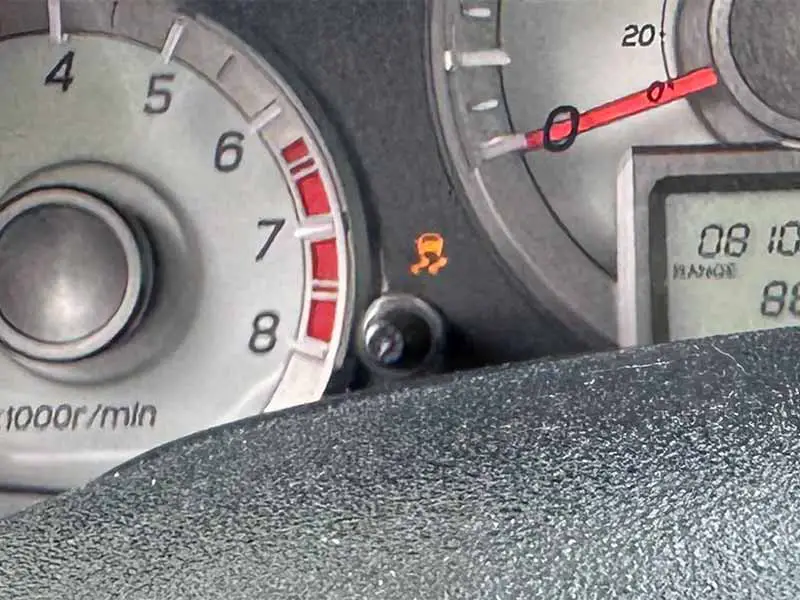
How to Know if Traction Control is On
Knowing whether your traction control system is active or not is crucial for safe driving. While the system usually operates in the background, there are specific signs and indicators that can help you understand its status.
The Traction Control Light
One of the most straightforward ways to know if your traction control is on or off is by looking at the dashboard. You’ll see a light that usually looks like a car with squiggly lines behind it. Here’s what the light means:
- Light On Continuously: If the light stays on, it generally means that the traction control system is off.
- Light Flashing: If the light is flashing, that’s an indication that the system is actively working to maintain traction. This usually happens when you’re driving on slippery roads or accelerating quickly.
The Warning Light
In some vehicles, you might also see a warning light that looks like an exclamation mark inside a triangle. This is often an indicator of a problem with the traction control system and may require professional attention.
Audible Alerts
Some modern cars come with audible alerts that sound when the traction control system is activated. These alerts serve as an additional reminder, especially useful if you’re not looking at the dashboard.
Checking the Control Module
If you’re still unsure about the status of your traction control system, some vehicles allow you to check the control module directly through the car’s onboard computer. This is usually done via the vehicle’s infotainment system and may require navigating through some menus.
Real-World Indicators
Apart from these technical signs, you can also rely on real-world indicators:
- Reduced Wheel Spin: If you notice that your wheels are not spinning out of control when you accelerate quickly or drive on slippery roads, it’s a good sign that your traction control system is active.
- Stable Handling: If your car handles well during turns and doesn’t skid easily, it’s likely that the traction control system is doing its job.
The Importance of Regular Checks
It’s a good practice to regularly check the status of your traction control system, especially before long trips or driving in challenging weather conditions. This can be as simple as turning on your car and observing the dashboard lights or as thorough as running a diagnostic check.
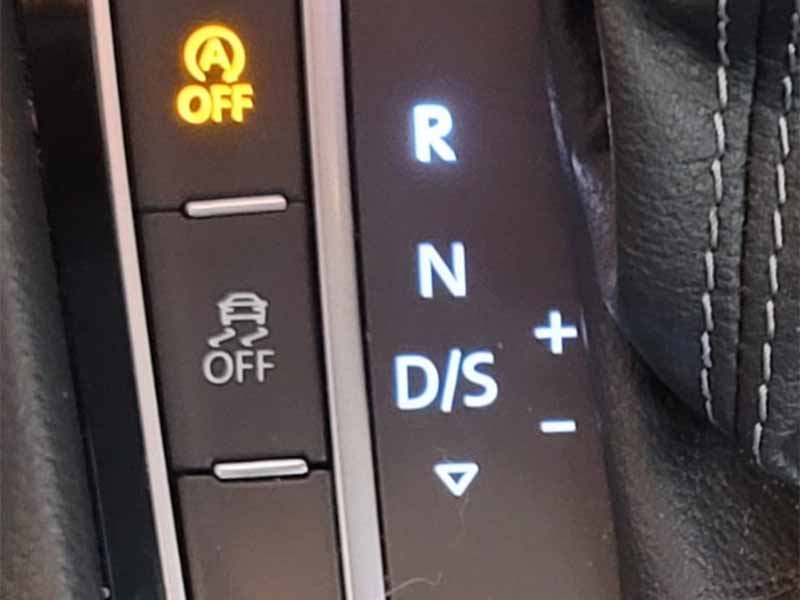
The Traction Control Button
The traction control button is a small but significant feature in your vehicle that gives you manual control over the traction control system. While the system is generally automatic, there are situations where you might want to turn it off or adjust its settings. Let’s dive into what this button does and when you might use it.
What Does the Button Look Like?
The traction control button is usually located on the dashboard, center console, or steering wheel. It’s typically marked with an icon resembling a car with squiggly lines behind it, similar to the traction control light on your dashboard. In some vehicles, it might be labeled as “TCS” or “ESC” for Electronic Stability Control.
When to Use the Button
There are specific scenarios where manually controlling the traction control system can be beneficial:
- Off-Road Driving: If you’re driving on uneven or muddy terrain, turning off the traction control can sometimes give you better control.
- Stuck in Snow or Mud: If your vehicle is stuck, disabling the traction control can allow the wheels to spin freely, helping you to get out.
- Sporty Driving: Some drivers prefer to turn off traction control for a more “hands-on” driving experience, especially in sports cars.
How to Use the Button
Using the traction control button is generally straightforward:
- Press Once: A single press usually toggles the system on or off. You’ll see the traction control light on your dashboard indicate the change.
- Hold Down: In some vehicles, holding down the button for a few seconds may turn off additional systems like Electronic Stability Control.
- Multiple Presses: Some advanced systems have multiple settings, toggled through by pressing the button multiple times.
Safety Considerations
While having manual control over your traction control system can be useful, it’s crucial to use this feature responsibly:
- Know When to Turn It Back On: If you’ve disabled the system, remember to turn it back on when you return to normal driving conditions.
- Consult Your Owner’s Manual: Always refer to your vehicle’s owner’s manual for specific instructions and safety information related to your traction control system.

The Role of Electronic Stability Control
Electronic Stability Control (ESC) is an advanced safety feature that works in tandem with your vehicle’s traction control system. While traction control focuses on preventing wheel spin, ESC goes a step further by helping you maintain control of your vehicle during sharp turns or sudden maneuvers.
How Does ESC Work?
Electronic Stability Control uses various sensors to monitor your vehicle’s movement and the driver’s steering input. When it detects a mismatch—like if your car starts to skid during a turn—ESC takes corrective action. Here’s how:
- Sensing the Skid: ESC uses gyroscopic sensors to detect changes in the vehicle’s direction compared to the driver’s intended path.
- Applying Brakes: ESC can apply the brakes to individual wheels to help “steer” the car back onto its intended course.
- Reducing Engine Power: Similar to the traction control system, ESC can also reduce engine power to help regain control.
The Synergy with Traction Control
Traction control and ESC often work together to provide a comprehensive safety net for drivers:
- Shared Components: Both systems use similar hardware like wheel speed sensors and the control module, making them highly integrated.
- Coordinated Actions: When the traction control system detects wheel spin, it can signal the ESC to check for any vehicle instability, allowing both systems to take coordinated corrective actions if needed.
When Do You Need ESC?
Here are some scenarios where ESC proves particularly useful:
- High-Speed Turns: If you’re taking a turn at high speed, ESC can help prevent your car from spinning out.
- Avoiding Obstacles: When you make a sudden maneuver to avoid an obstacle, ESC helps ensure that your vehicle responds accurately to your steering input.
- Slippery Roads: On icy or wet roads, ESC can help you maintain control, much like the traction control system.
Limitations and Considerations
While ESC is a valuable safety feature, it’s essential to remember:
- Not a Substitute for Safe Driving: ESC can assist you, but it can’t defy the laws of physics. Always drive responsibly.
- Tire Quality Matters: Just like with traction control, the effectiveness of ESC is highly dependent on the quality and condition of your tires.
Safety Tips
Understanding how your vehicle’s safety features like traction control and Electronic Stability Control work is the first step towards safer driving. But knowledge alone isn’t enough; you need to apply it. Here are some safety tips to help you make the most out of these advanced systems.
Regular Maintenance Checks
- Tire Inspection: Regularly check your tire pressure and tread depth. Worn or underinflated tires can severely limit the effectiveness of your traction control system.
- Sensor Checks: Ensure that the wheel speed sensors are in good condition. Faulty sensors can lead to incorrect readings and compromised safety.
- Brake Examination: Since the braking system is integral to both traction control and ESC, make sure your brakes are always in top condition.
Driving in Different Conditions
- Wet Roads: Slow down and avoid sudden turns or stops to give your traction control system the best chance to work effectively.
- Snowy or Icy Conditions: Consider using winter tires for better grip and always drive at reduced speeds.
- Off-Road: If you’re venturing off the beaten path, be aware that you might need to disable the traction control for better maneuverability.
When to Turn Off Traction Control
While it’s generally best to leave the traction control system on, there are specific situations where turning it off can be beneficial:
- Getting Unstuck: If your vehicle is stuck in mud or snow, disabling traction control can allow for wheel spin, which might help you get out.
- Sport Driving: If you’re on a closed track and want a more hands-on driving experience, you might choose to turn off the system.
Be Alert and Prepared
- Dashboard Lights: Always pay attention to the traction control light and warning light on your dashboard. If they indicate an issue, get it checked out immediately.
- Know Your Vehicle: Take the time to read your vehicle’s owner’s manual to understand the specific features and recommendations related to your traction control system.
Emergency Situations
- Don’t Over-rely on Technology: While these systems are designed to assist you, they can’t replace good driving habits. In emergency situations, remember to steer and brake as needed, rather than relying solely on the vehicle’s systems.
Resources
Below are some links you may find helpful when learning about tires
- What is the traction control system (TCS) in a car, and what does the TCS light mean? – KIA
- Traction control system: How it works and when to use it – Kelly Blue Book
Final Thoughts
Understanding your vehicle’s traction control system is not just about knowing what the dashboard lights mean; it’s about appreciating the intricate technology that keeps you safe on the road.
From the wheel speed sensors that monitor every spin to the advanced Electronic Stability Control that works hand-in-hand with traction control, these features are your silent guardians. But remember, while technology can assist you, it can’t replace good driving habits and regular maintenance, especially when it comes to your tires.
Good luck and happy motoring.
